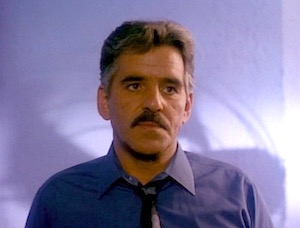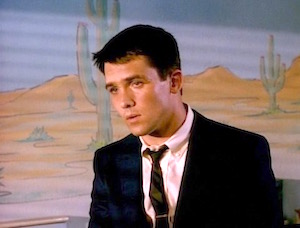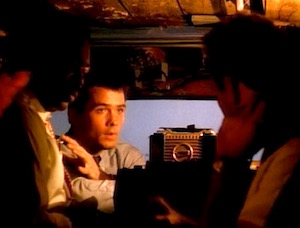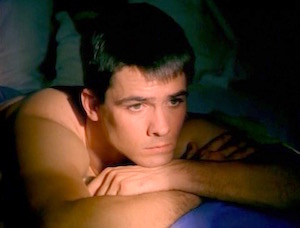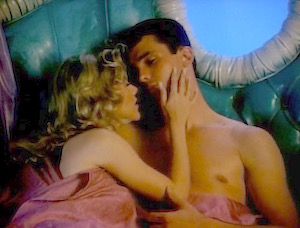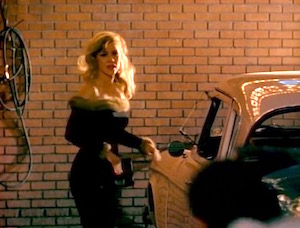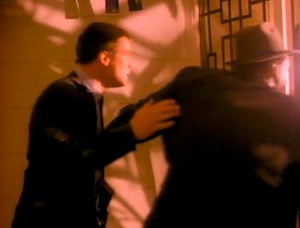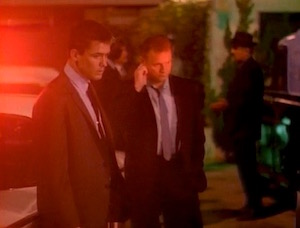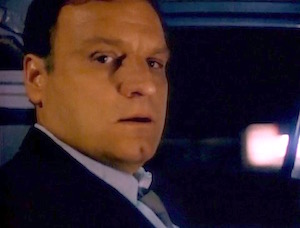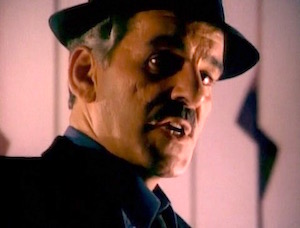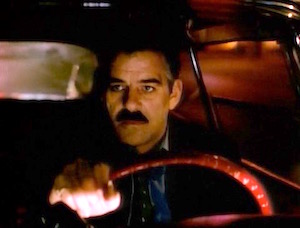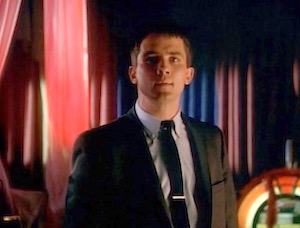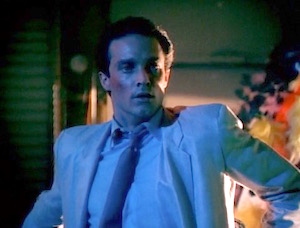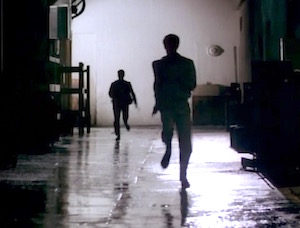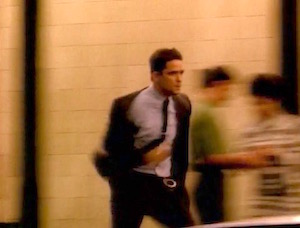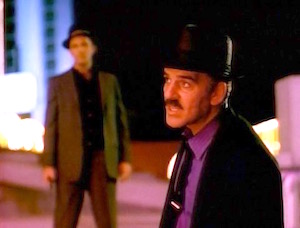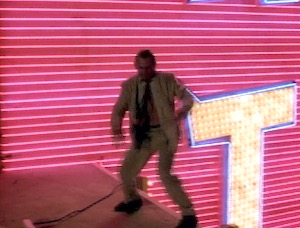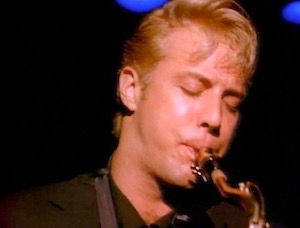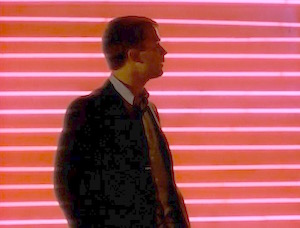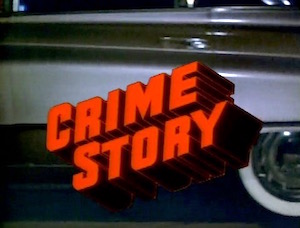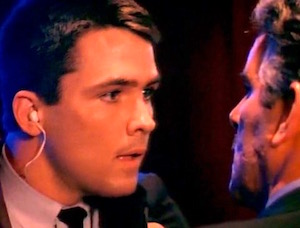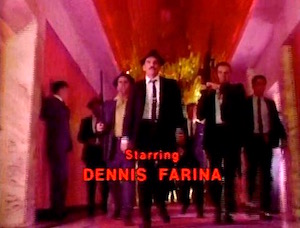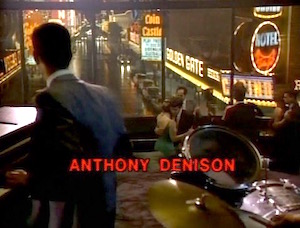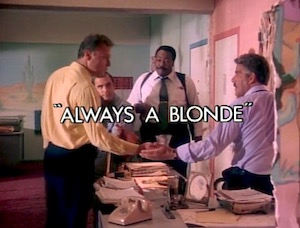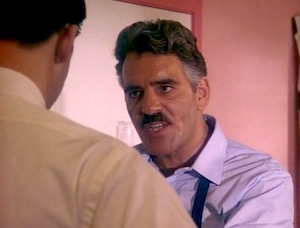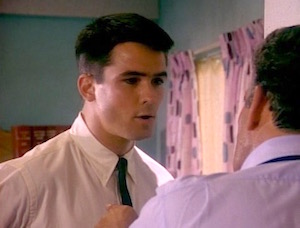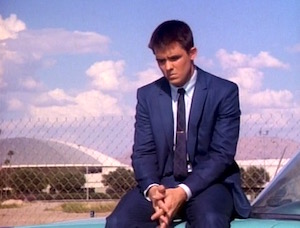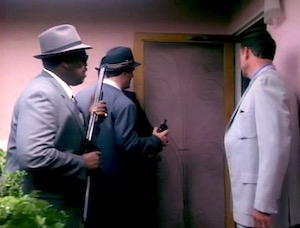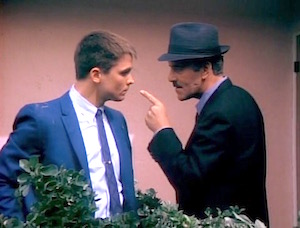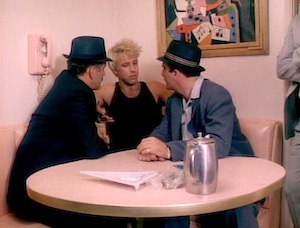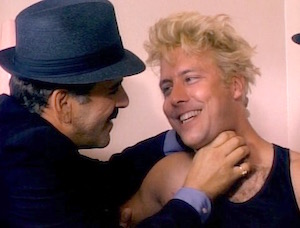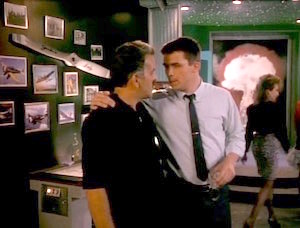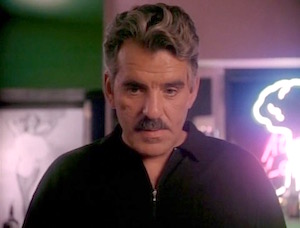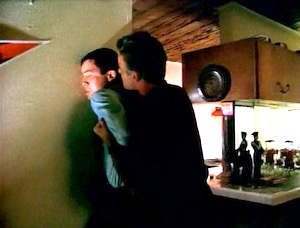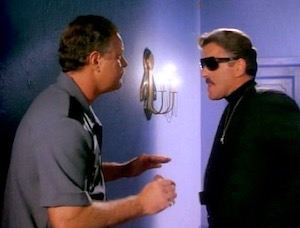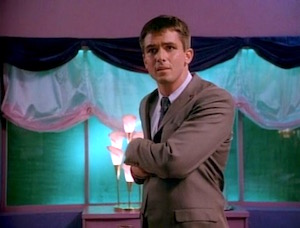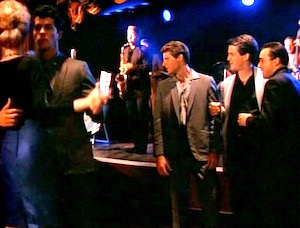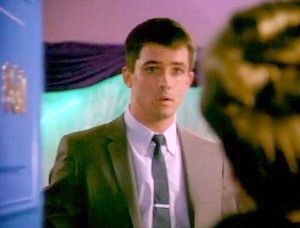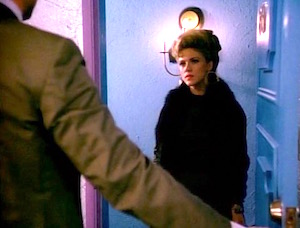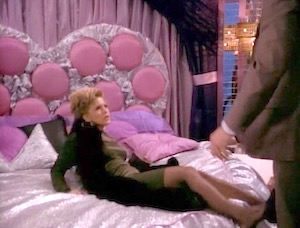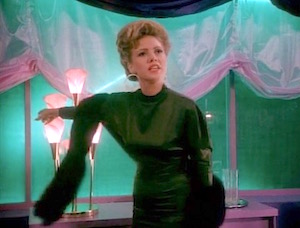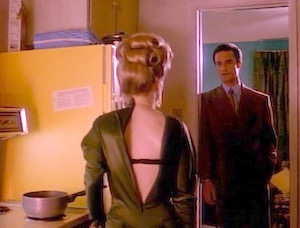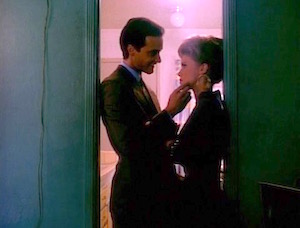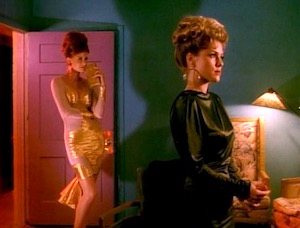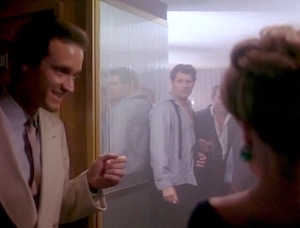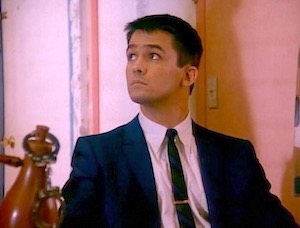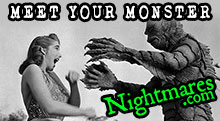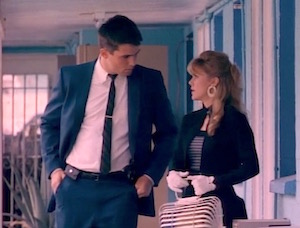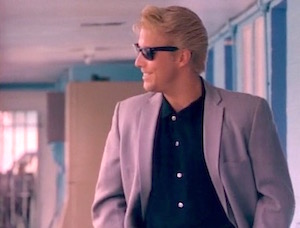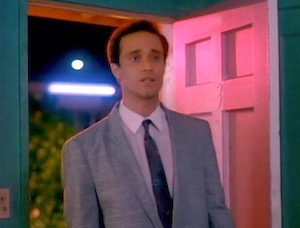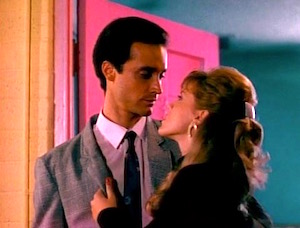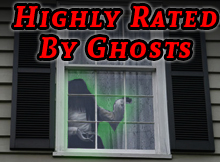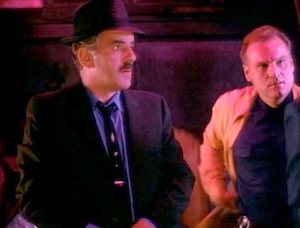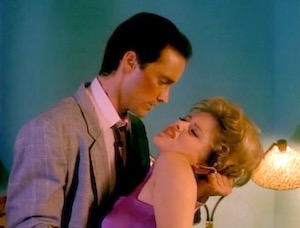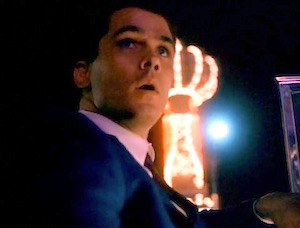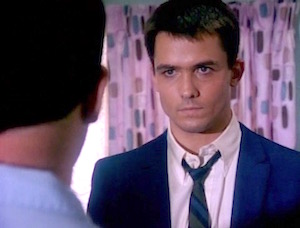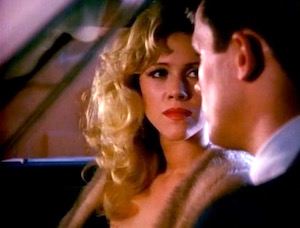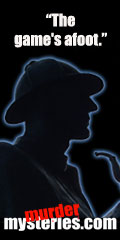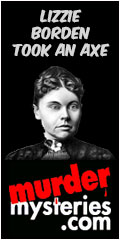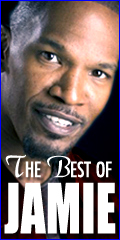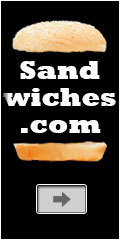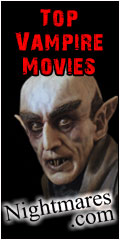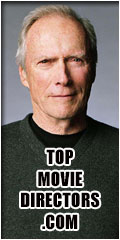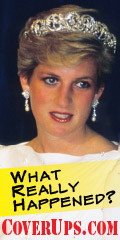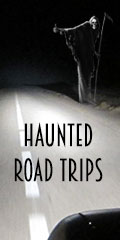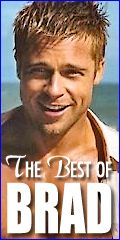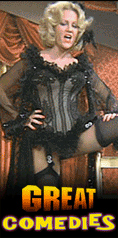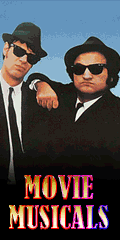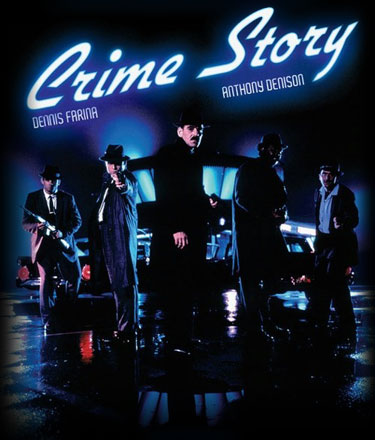
Crime Story
Crime Story was a TV crime drama created by Gustave Reininger and Chuck Adamson, that premiered in 1986 and ran for two seasons on NBC. Michael Mann was the executive producer.
The show bowed with a two-hour pilot — a movie which had been exhibited theatrically — and was seen by an audience of more than 30 million. It followed Miami Vice on Friday nights, and attracted a record number of viewers. Then NBC moved it to Tuesdays at 10 pm, where it competed with ABC's Moonlighting, and suffered in the ratings. NBC cancelled Crime Story after two seasons.
See the Crime Story Show Intro
Set in the early 1960s, Crime Story told the story of two men — Lt. Mike Torello (Dennis Farina) and mobster Ray Luca (Anthony Denison) — who were bent on destroying each other. Luca started in Chicago with street crime, was “made” in the Chicago Outfit and subsequently sent to Las Vegas to watch over their casinos. As the head of a special Organized Crime Strike Force, Torello soon zeroed in on Luca. By chance, Torello, his friend Ted Kehoe, and Luca had all grown up in Chicago's “The Patch” (Smith Park) neighborhood, which was also called “Little Italy” or “Little Sicily” and the stomping grounds of the Forty-Two Gang.
The show won acclaim and controversy for its serialized format, in which an extended storyline was drawn out over a whole season, rather than being chopped up into episodic chunks.
Season one ended with about as big a bang as one could ask for, with Ray Luca and Pauli Taglia on the run and hiding from Torello in a Nevada desert shack, located on an atomic bomb testing area. An A-Bomb was detonated and Luca and Taglia were presumably annihilated, in one of TV's most memorable season climaxes.
With the success of Miami Vice, Michael Mann found he had total freedom to produce another show. Universal was originally planning to finance Crime Story, but decided against it because of the high projected costs (Miami Vice, also a Universal production, was already costing them far more than a typical show per episode). In the end a smaller studio, New World Pictures Ltd., opted to finance Crime Story.
According to Mann, the purpose of the project was to follow a group of police officers in a major-crimes unit set in 1963. Over the course of 20 episodic hours, the story would bring the viewer almost 20 years forward in time, to “1980, with very different occupations, in a different city and in a different time”. Mann said he was influenced by another series, Police Story, and largely based Crime Story on the experiences of Chuck Adamson, an ex-Chicago police detective. Mann asked Adamson and Gustave Reininger, a one-time Wall Street international investment banker and screenwriter, to write the series pilot, along with a show bible. Reininger researched Crime Story by cultivating and winning the confidence of Detective William Hanhardt, who put him in touch with undercover officers in Chicago who sent him on meetings with organized crime figures, during which Reininger wore a body microphone and recorder. After visiting the crime scene of a gruesome gangland slaying, Reininger stopped his Mob interviews. Adamson has said that the stories depicted in the series were composites rather than true events, "but they'll be accurate".
According to Mann, the setting for the first season of the show would shift from Chicago in 1963 to Las Vegas in 1980. “It's a serial in the sense that we have continuing stories,” he said. “And in that sense the show is one big novel”. Mann and Reininger's inspiration for this 17-year story arc was the epic film Berlin Alexanderplatz, by German director Rainer Werner Fassbender. “The pace of our story is like the speed of light compared to that,” said Mann. “But that's the idea — if you put it all together at the end you've got one hell of a 22-hour movie”. Mann anticipated a five-year network run for the series.
NBC head Brandon Tartikoff (who'd begun his own career in Chicago) ordered a two-hour movie, which was released in a handful of U.S. theaters on an invitation-only basis. At the same time, Tartikoff ordered 22 episodes of Crime Story, which permitted Reininger and Adamson to develop a narrative sweep with extended character arcs and ongoing stories. The work schedule was grueling, with two episodes produced every three weeks, and shooting that ran seven days a week, 12 hours a day. Because it featured a large cast, was shot on location, and required period-accurate props and costumes, by the start of Season 2 the cost of an average Crime Story episode had risen to between $1.3 and 1.4 million (comparable to Miami Vice).
To get the desired period look of the show, production designer Hilda Stark and her team went to antique and secondhand stores, took out newspaper ads seeking period articles, and sometimes built furniture if they couldn't find it. According to Stark, the overall design or look of the show featured a lot of exaggerated lines. We go for high style — sleek lines... We go for the exaggerated shapes that recall the era. Stark and her team developed a production color palette that emphasized saturated color, and certain combinations — black, fuchsias — reminiscent of the '50s. She found inspiration in libraries of old books and magazines, in particular Life Magazine. For the vintage cars in the show, they bought or rented from private owners.
Three old-time rock and roll stars lended their talents to Crime Story. Del Shannon sang a new version of “Runaway” as the theme song, Todd Rundgren began the musical direction of the series, and Al Kooper eventually took over as the series musical director. While early episodes of the show featured music of the era or earlier, Kooper later allowed tunes from after 1963 to appear on the soundtrack.
Cast of Characters
- Dennis Farina as Lt. Mike Torello
- Anthony Denison as Ray Luca
- John Santucci as Pauli Taglia
- Stephen Lang as David Abrams
- Bill Smitrovich as Sgt. Danny Krychek, Torello's second-in command
- Bill Campbell as Det. Joey Indelli
- Paul Butler as Det. Walter Clemmons
- Steve Ryan as Det. Nate Grossman
- Ted Levine as Frank Holman
- Andrew Dice Clay as Max Goldman
- Jon Polito as Phil Bartoli
- Joseph Wiseman as Manny Weisbord
- Darlanne Fluegel as Julie Torello (1986–87)
- Jay O. Sanders as Steven Kordo
Crime Story, along with its well-made imitator Wiseguy, would become the prototype for such modern, long-form, arc-driven TV shows as 24 and The Sopranos. Many actors and actresses who first appeared on Crime Story in recurring roles later also ended up on Wiseguy, including Stanley Tucci, Anthony Denison, Patricia Charbonneau, Steve Ryan, Ray Sharkey, Debbie Harry, Ted Levine, William Russ, Darlanne Fluegel, and Kevin Spacey.
Director Martin Scorsese loosely based elements of his film Casino on Crime Story. Joe Pesci played Spilotro. With the real Spilotro dead, Casino writer Nick Pileggi could reveal more of the details surrounding the Chicago Outfit and its casino operations in Las Vegas.
After the first season, the show was nominated for three technical Emmys.
